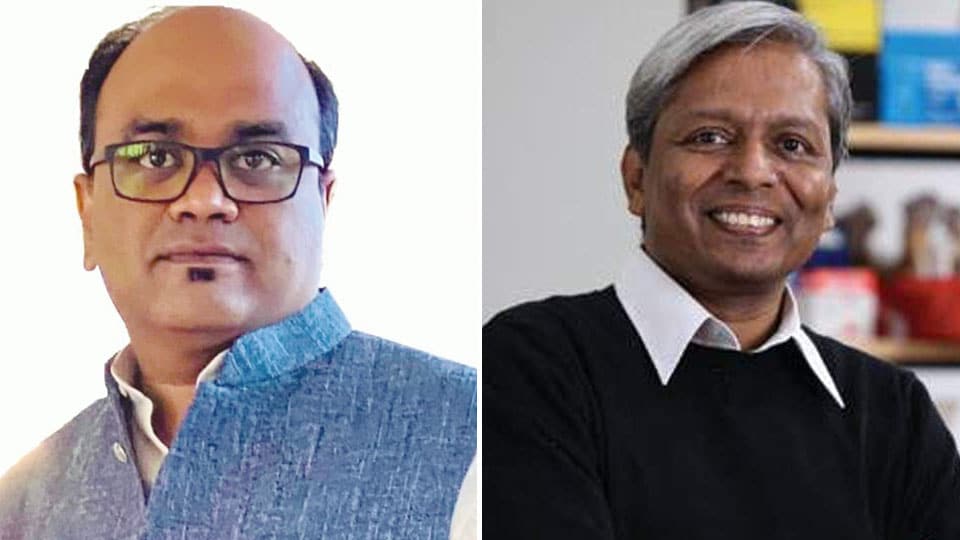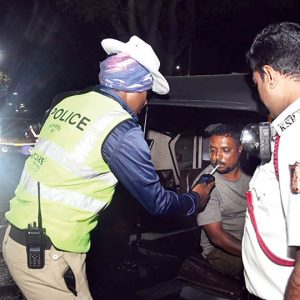Allowing a third wave by lowering our guard is fraught with grave consequences, warn experts
New Delhi: As India battles the second wave of the COVID-19, some experts have already raised the possibility of a third wave of the pandemic. Several countries have already witnessed the fourth wave of COVID. But as India struggles to contain the deadly second wave, when is the inevitable third wave projected to hit the country?
There has been a sharp surge in infections over the past couple of months, making the second wave much worse than the first one that began in early 2020 and peaked in the last quarter of that year before the tally hit a trough in the first quarter of 2021.
“The third wave will be mostly in the winter, sometime in the end of November or early December (this year). Ensuring that all the vulnerable are vaccinated before the festive season of Diwali is important to save as many lives,” said Dr. Giridhar Babu, Epidemiologist and Professor at the Indian Institute of Public Health in Bengaluru. “The next wave will affect mostly younger age groups,” he warned.
“Depends on several factors in the period from now till December — the proportion of vaccinated people, prevention of super spreader events and all types of crowds, and how early we can detect newer variants and limit them to local areas,” said Dr. Babu.
Several experts believe that a casual approach that followed the trough of the first wave could be a possible reason for the pandemic raising its head again, though others are also putting the blame on the new mutants and variants of the virus being more virulent.
Principal Scientific Adviser speaks
K. Vijay Raghavan, Principal Scientific Adviser, said last week that the third wave was inevitable and it was necessary to be prepared for new waves, but clarified two days later that the “insidious asymptomatic transmission” can be stopped if prescribed guidelines about precautions, surveillance, containment, treatment and testing are followed.
“If we take strong measures, the third wave may not happen in all places or indeed anywhere at all. It depends on how effectively guidance is implemented at the local level in the States, districts and cities everywhere,” he said.
Experts clarified that India is nowhere near achieving herd immunity and as such people should continue to wear masks and maintain social distancing and hand hygiene to stay away from getting infected by the virus.
Exercise caution
Cautioning the people and the scientific community against allowing “complacency to set in,” they warned that a third wave would precipitate a far more dangerous situation than the challenge the country had faced so far.
The prevalence of COVID cases had come down in November not because of herd immunity, but because of other reasons, including wearing of masks and people remaining outdoors during the winter. The fact that the virus remained suspended in the air in closed areas and it lost its potency in open areas helped a great deal in controlling the spread during the winter, the experts said.
Mathematical study
Meanwhile, IT Kanpur scientists conducted a mathematical study in different parts of the country on the pandemic situation and predicted that after a peak in cases in the first week of May, the amount of positive cases will begin to decrease. They also predicted that India may face the third wave of COVID-19 infections in October.
The IIT Kanpur scientists used the mathematical model formula to conduct the study and claim that the COVID-19 situation in Maharashtra has already peaked and will begin to see a decline in cases while Uttar Pradesh, Delhi, Karnataka, Gujarat and West Bengal are currently at peak and will start receding soon.








Recent Comments